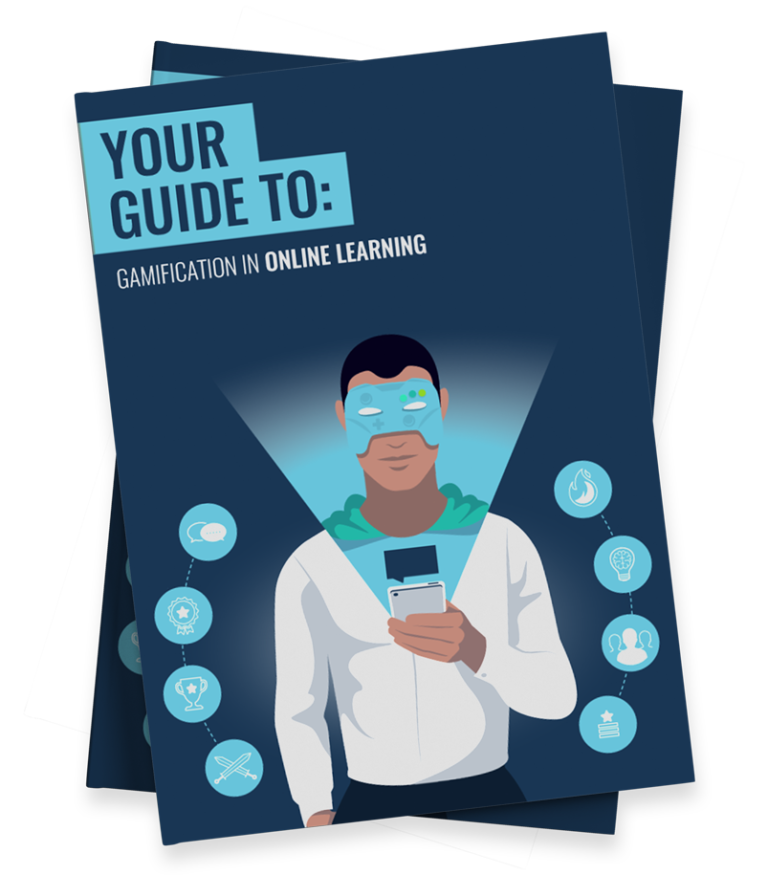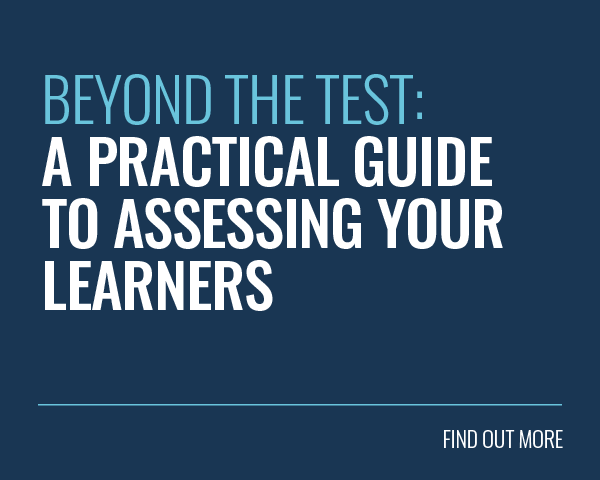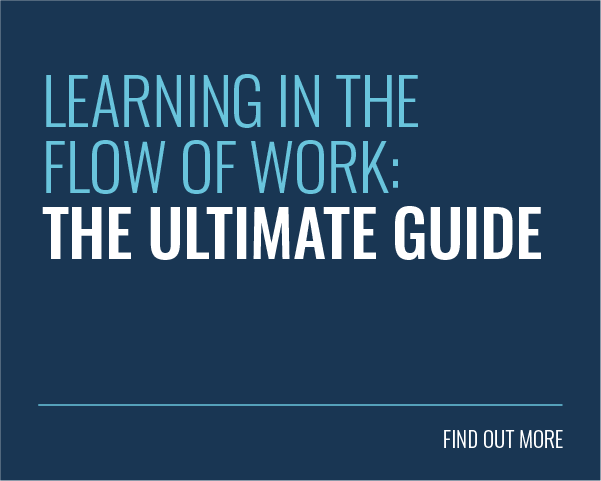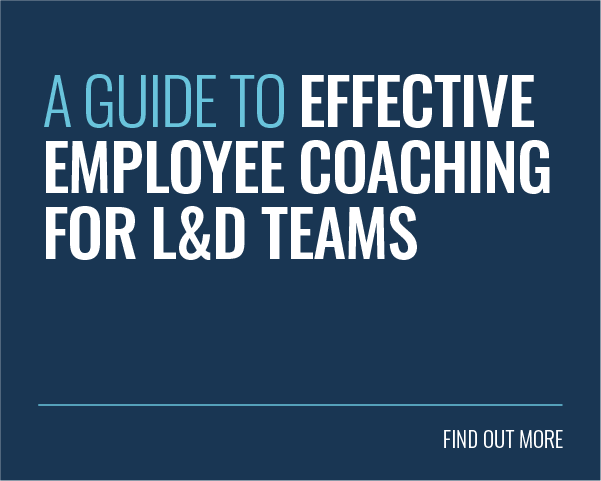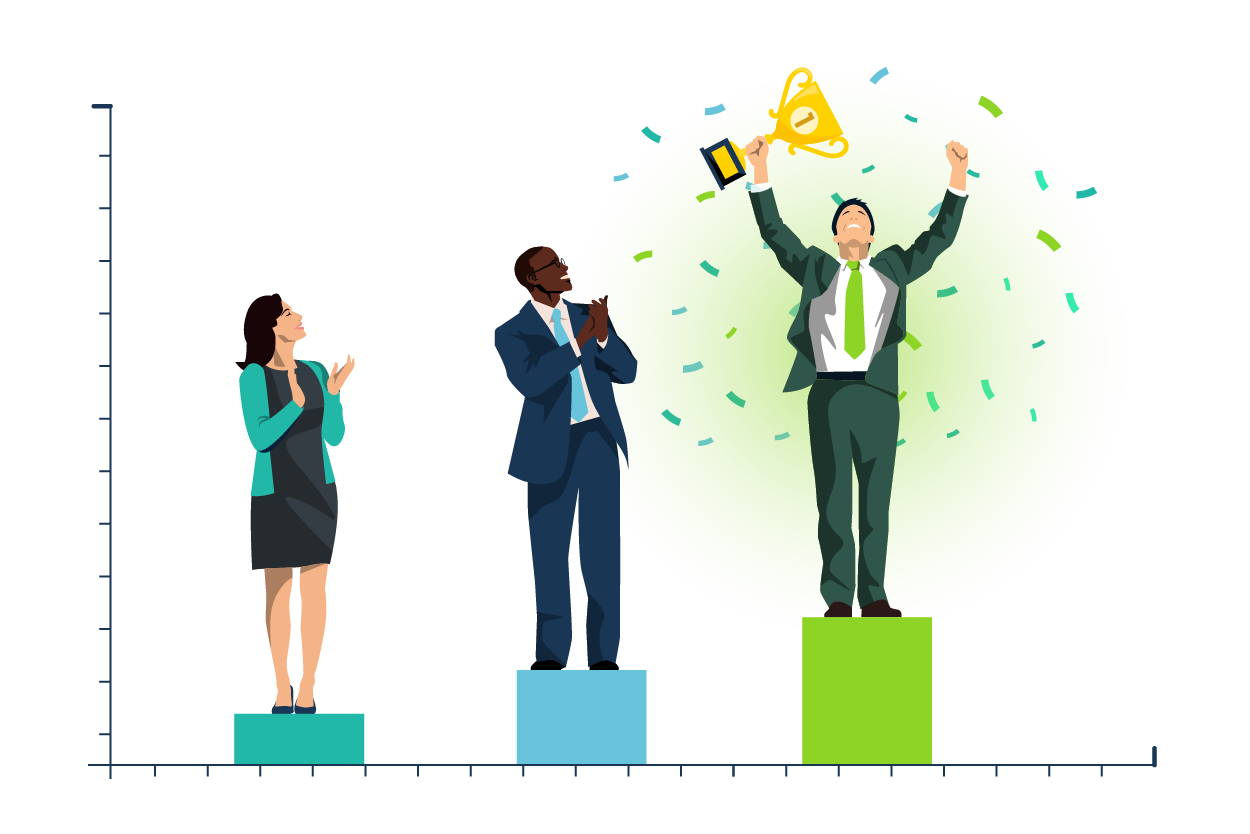
Ever wondered why the world is obsessed with competition? From ancient gladiatorial combat to board-flipping games of Monopoly, we crave the thrill of the contest. This same dynamic force can revolutionise how we approach organisational training. Say hello to competition in learning.
Competition is everywhere. It fuels innovation and pushes boundaries. Indeed, some have argued that ‘competitiveness’ is a biological trait that evolved in line with our survival instincts. So, how can we harness this competitive urge to drive better learning outcomes?
David Sarnoff once wisely noted that ‘competition is the catalyst for growth and progress.’ This is why it has such a transformative effect on your structured workplace training initiatives.
The goal here isn’t to turn learning into a cutthroat battleground. Unhealthy competition breeds a toxic learning environment that stifles motivation. Instead, we’ll focus on using the science of competition to engage your learners and improve business impact.
In this article, we’ll explore the influence that competition has on us, the benefits it offers beyond just ‘winning’, and we’ll provide a roadmap for designing healthy and effective competitive learning experiences.
Ready to compete? Let’s go!
The Science of Competition
A 2012 meta-analysis found that competition does boost performance, especially for challenging tasks that require critical thinking. This makes competitive approaches like group exercises, games and quizzes an effective way to enhance knowledge retention and skill development.
With this in mind, we’ve distilled the latest research into actionable principles for using competition effectively. Next up, let’s dig into the science to see how we can ignite that competitive spark that takes learning to the next level.
1. Winning is Rewarding

It feels good to be good at something. Our brains are wired to respond to the possibility of success. In fact, when we face a challenge, our brains release a neurotransmitter called dopamine. This brain chemical is known as the ‘feel-good’ hormone for good reason.
The dopamine rush we go through provides a sense of pleasure that helps to reinforce the associated behaviour. In other words, simply anticipating a potential win is enough to keep us engaged and motivated.
This is supported by a 2013 study that used fMRI technology to show that the mere thought of beating an opponent triggers our brain’s reward system. This leads to heightened drive, even before any actual victory occurs.
2. Finding Your Flow

Competition can help to facilitate an optimal learning state called ‘flow’. This happens when the challenge level perfectly matches our abilities and piques our interest. As a result, we lose track of time and feel completely immersed in the activity.
We’ve all been there — lost for hours down a Wikipedia rabbit hole, completely absorbed in the information. That’s the power of flow state, where learning feels effortless because we’re totally focused and deeply motivated.
The studies bear this out. Indeed, a 2020 study by Joshua Gold notes that ‘flow states have been shown to help people reach peak performance.’ Of course, there’s a catch: ‘this elusive state is not easily attained’. Thankfully, competition is your flow state fast-track.
3. Compare & Compete
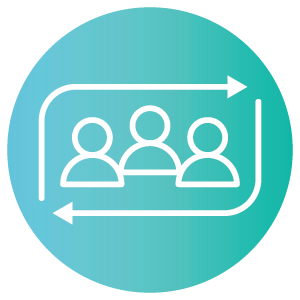
We are social creatures. This fundamental drive to belong is why social learning is so effective (and a core focus for us here at Growth Engineering). We naturally strive for recognition and seek to compare ourselves against others, for better or worse.
Friendly competition taps into this desire, providing an additional incentive for us to perform well. In other words, we’re not just concerned with mastery. We also crave the social validation and status that comes with success.
With the rise of social media and new ways to showcase our lives, this pervasive influence isn’t going away. We’ll return to the role that social comparison plays shortly.
4. The Role of Rivals
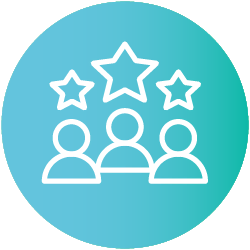
Rivalry can be a powerful fuel to push us to work harder and smarter. In fact, a 2010 study revealed that rivals are a major source of external motivation, leading to increased effort and persistence. We’re most driven when facing off against those close to our skill level.
As it happens, studies show that runners slash a staggering 8 seconds per mile off their pace when they race against a known competitor. A separate study found that archers score significantly higher when their main competitors are present. After all, the psychological stakes are much higher.
Of course, this has implications for the world of learning and development. The research is clear: peer-to-peer competition sparks greater engagement than competing against those in a hierarchical relationship.
5. The Competition Sweet Spot
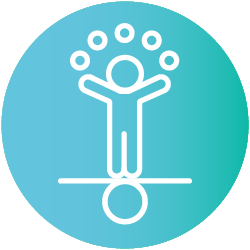
A study published in 2009, exploring the ‘N-effect’, found that the size of the competition group has an impact on levels of motivation. They were able to show that test scores fell as the number of test-takers in a venue increased.
In other words, competition is less motivating if you have little chance of standing out. We’d rather compete against 10 people than 100, because we know our odds of succeeding are better.
This directly impacts your learning programmes. To maximise motivation, keep your competition groups small and ensure that your participants feel their chances of success are good.
Social Comparison Theory
Introduced by Leon Festinger in 1954, social comparison theory suggests that we have an innate drive to evaluate ourselves against others. This comparison forms the basis of our self-concept and our understanding of where we stand within a given group.
Competition is a natural extension of this tendency, as it offers a clear way to measure ourselves against others. This creates two new sources of inspiration:
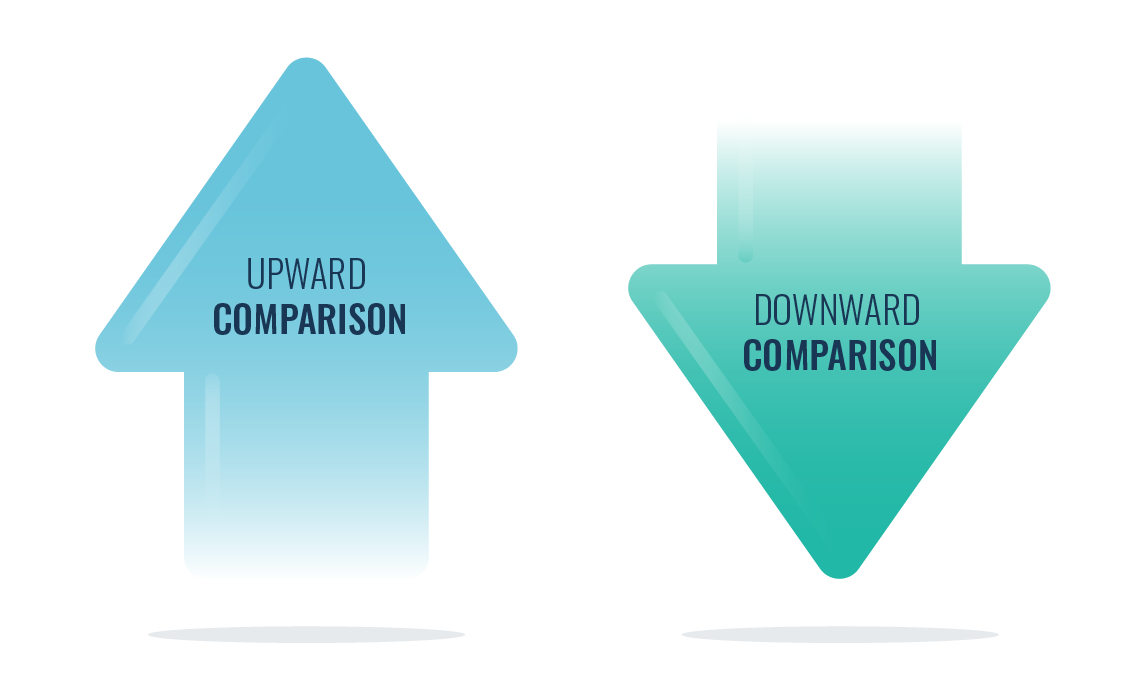
- Upward comparison: Comparing ourselves to those who are slightly better than us is highly motivating. It creates a sense of possibility and gives us something to aim for. Just make sure your competition isn’t leagues ahead.
- Downward comparison: We can also compare ourselves to those who are performing worse. Whilst this may provide an initial ego-boost, it doesn’t have the same long-term motivational effect.
In other words, this theory tells us that social context matters and that competition isn’t just about being ‘the best’. Instead, competition provides us with the opportunity to benchmark ourselves, pursue improvement and receive recognition.
With this in mind, L&D professionals should focus on designing competitive elements that encourage upward comparison within a supportive peer group. Just remember to frame competition as a tool for growth, rather than an opportunity to ‘win’.
Examples of Competition in Learning
Ready to take your training from ‘blah’ to ‘brilliant’? Let’s explore the approaches you can use to ignite that competitive fire in your learners. Check out the list below and choose the best fit for your audience and objectives.
- Quizzes: Test your learners’ recall and comprehension in a competitive format. Whether individual or team-based, quizzes are an engaging way to gauge learner understanding.
- Games: Create learning games that promote positive outcomes. Consider including a ‘high score’ board to add a competitive element that encourages learners to keep improving.
- Simulations: Introduce immersive simulations that mimic real-world processes or scenarios. Add a scoring element, so learners can compare their performance against others.
- Challenges: Share time-based challenges where learners or teams compete to create the best solution. These tasks should prioritise creative thinking and problem solving.
- Leaderboards: Visually display rankings to spark motivation and add a layer of gamification to any learning activity. Just ensure your leaderboards don’t demotivate lower-ranked learners.
Many of these approaches can be delivered in the real-world, or through learning technology. To take your learning competitions to the next level, consider implementing a learning management system or learning app solution.
The Benefits of Competition in Learning
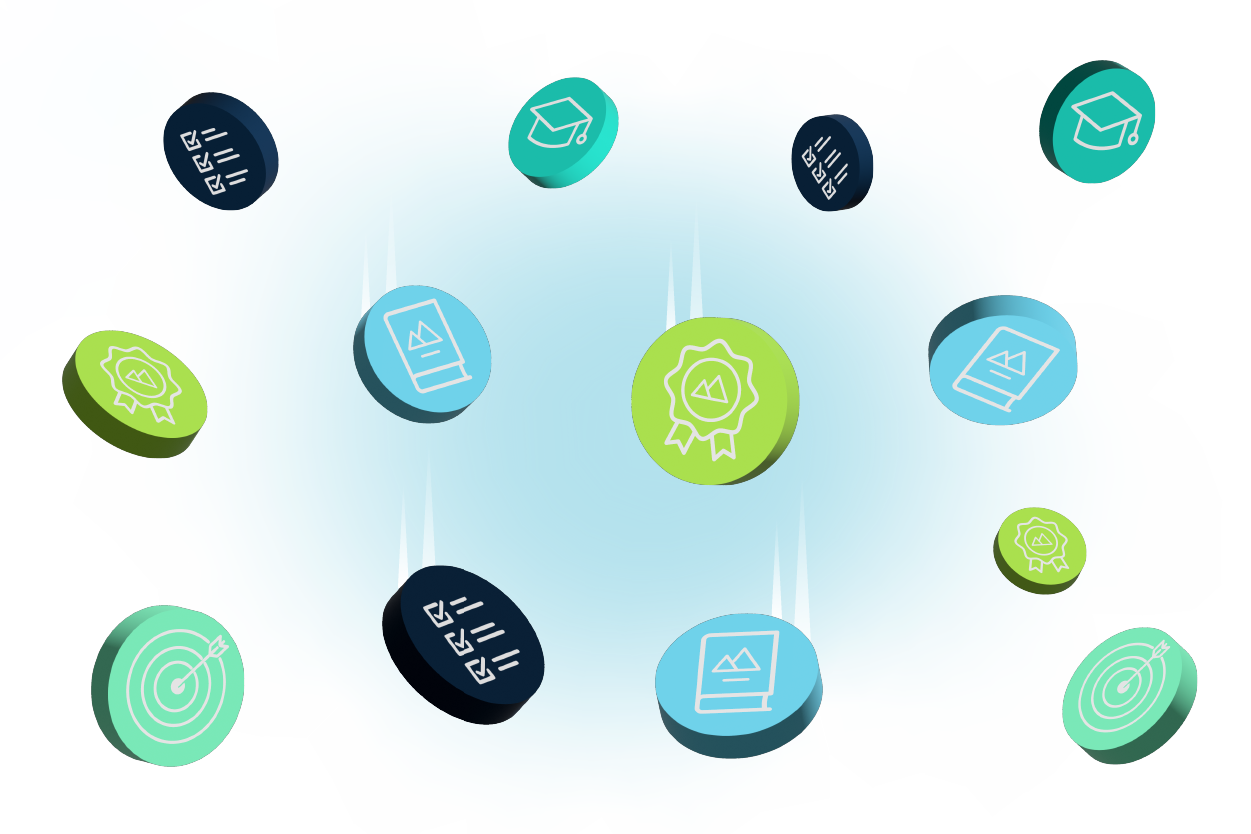
We’ve seen how competition ignites motivation, but that’s not where its influence ends. It directly translates into measurable improvements in knowledge retention, skill acquisition and real-world performance. Here are the benefits as we see them:
- Boosting Engagement: Competition shakes learners out of complacency, helping to banish boredom and increase engagement. It sparks action and ignites a drive to participate. The proof is in the results: just look at how quiz scores soar when a leaderboard is added.
- Knowledge Application: Competition propels learners from passive knowledge absorption to active application. In competitive formats, they must analyse problems and find practical solutions. This takes learners further up Bloom’s Taxonomy and produces better learning outcomes.
- Skill Development: We’ve seen that competition creates the perfect storm for achieving flow state. This zone of focus helps learners to unlock their full potential, reach new heights of performance and accelerate their skill development.
- Improved Retention: One-off learning experiences aren’t effective. Your learners need the opportunity to iterate and improve. With recurring competitions, you’re essentially embedding spaced repetition. This is a research-backed strategy for boosting knowledge retention and combating the forgetting curve.
- True Grit: Competitive settings normalise setbacks as part of the process. Learners have to confront gaps in their knowledge, fuelling the drive to iterate and try again. Success requires persistence. Just ensure that you’re arming your learners with timely and insightful feedback.
Designing Healthy Competition in Learning
Not all competition is good. When done poorly, it can dampen motivation and create a negative learning atmosphere. For some learners, competition can lead to debilitating anxiety over fear that they may not measure up.
Naturally, this is something we want to avoid at all costs. With this in mind, let’s explore how we can design healthy competition that boosts engagement, fosters resilience and brings out the best in your learners.
- Set Clear Goals: Competition without clear purpose falls flat. Design competitions that directly reinforce your core training objectives and contribute towards broader organisational goals. Ensure your goals are specific and challenging enough to keep motivation levels high.
- Keep it Fair: Learners disengage quickly if they feel the odds are stacked against them. When designing your contest, ensure everyone has the same chance of winning. Thoughtfully match competitors based on skill levels, or pre-assess their knowledge to ensure everyone gets a fair shot.
- Fast Feedback: Your feedback is the key to turning competition into a learning journey. Focus on providing actionable insights that help your learners to improve, regardless of their current position. Celebrate effort and growth, not successes or triumphs.
- Terrific Teamwork: Team-based competitions create a powerful collaborative dynamic. They’re ideal for tackling complex challenges where diverse perspectives and skillsets are an advantage. They also provide learners with a built-in support system and drive collective effort.
- Supportive Environments: Build a learning culture where competition is friendly and learners celebrate each other’s successes. Where possible, reward your learners for sharing their knowledge and helping others. Remember, your own enthusiasm will help to set the tone.
Be proactive in heading off issues that can undermine your competition. Ensure there’s no way to cheat the system. Watch for signs of undue stress. After all, healthy competition focuses on the collective pursuit of knowledge, not who crosses the finish line first.
Let’s Not Forget About Collaboration
Balancing competition and collaboration is key to unlocking the full potential of learning. While healthy competition motivates, fostering a collaborative spirit produces another powerful benefit: the “helper’s high”.
This well-documented phenomenon shows that helping others boosts satisfaction, well-being and even your physical health. Imagine the positive impact this would have within your learning environment.
In fact, according to a Stanford University study, teams that work well together are 50% more productive.
Where possible, we encourage you to blend collaboration into your competitive events for maximum impact. Team competitions are a natural fit, but you should also encourage peer mentorship and a ‘rising tide lifts all boats’ mentality.
Introducing Knowledge Contests
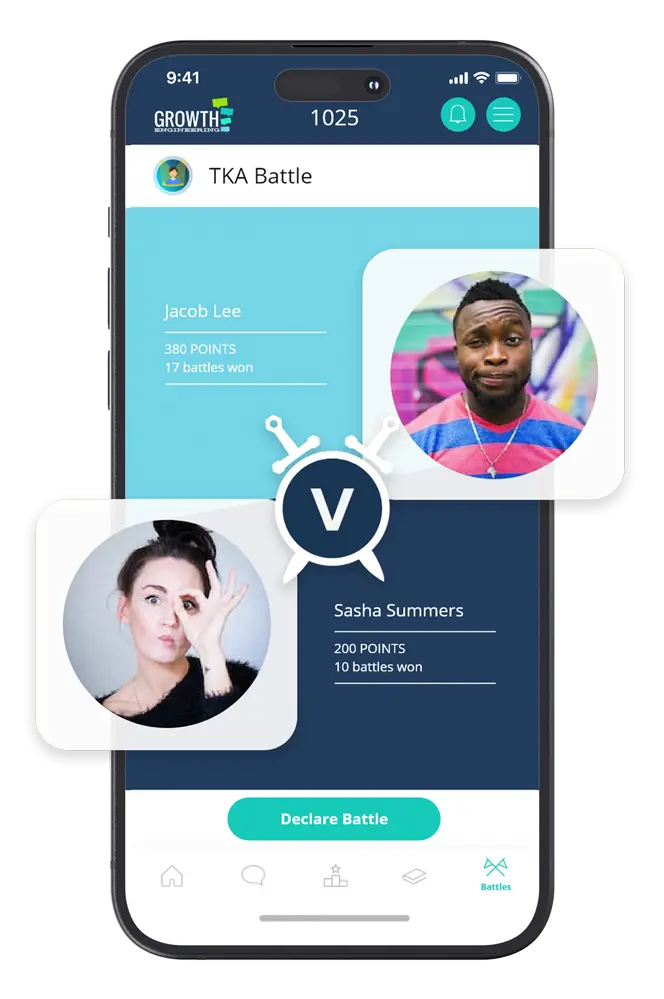
You’ve seen the science behind competition’s motivational impact. Now, harness that energy with Knowledge Contests! These learner-vs-learn quiz showdowns are a fun and effective way to boost engagement and increase knowledge retention.
This feature is now available in both Growth Engineering LMS and Growth Engineering Learning App. Once you’ve set up your question pool, your learners can select a quiz topic and compete against each other in a penalty shoot-out format.
Winning a Knowledge Contest unlocks XP and badges, thrusting the learner up the platform leaderboards. That’s right — we’ve created the ultimate competitive knowledge reinforcement approach powered by habit-forming loops.
Squad Contests bring a strategic twist to these learning competitions. Each victory and loss impacts your team’s standing on the territory map. Time is of the essence. When the countdown ends, the team controlling the most territory reigns supreme!
Want to see Knowledge Contests or Squad Contests in action? Sign up for a demo here.
Final Word
We are hard-wired to compete. There’s no hiding from it. As social creatures, we can’t help but compare ourselves to others. This inspires us to take action to improve our standing within our social circle and society as a whole.
This has important implications for your learning and development initiatives. Your learners instinctively understand competition and comparison. Gamification brilliantly taps into this, boosting motivation and engagement.
You can take this a step further by embracing quizzes, learning games, simulations and challenges. You can even launch Knowledge Contests or Squad Contests to take the competition up a gear.
The best kind of competition inspires us to reach our own potential, not just outdo others. Strive to design learning experiences that drive towards collective excellence. After all, good instruction is the arena that you compete in. Good luck!
Thanks for reading. Gamification is a research-backed approach that uses competition mechanics to drive learner engagement. Download our 55-page guidebook, ‘The Ultimate Guide to Gamification in Online Learning’ now to learn more.

